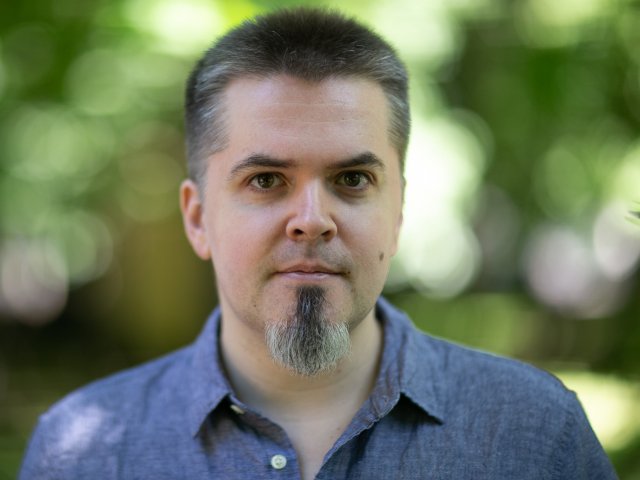Official:
James Prescott Joule. December 24, 1818 – October 11, 1889. English physicist. Made a significant contribution to the development of thermodynamics. Through his experiments, he proved the law of conservation of energy. The SI derived unit of work and energy, the joule, is named after him.
Life and Work:
1. Joule was born in the same year as Ivan Turgenev, that is, in 1818. In fact, he was born on Christmas Eve, on December 24. His family was wealthy and owned a brewery in the town of Salford near Manchester – for this, Joule is now called the most famous physicist among brewers.
2. As a child, James had problems with his spine. A sickly boy, he could not run around with his peers, and so he became interested in studying the world. His wealthy father ensured that the son would get an excellent education at home: Joule was tutored in mathematics, chemistry and physics by the famous scientist John Dalton.
3. Joule acknowledged with gratitude that Dalton played a major role in his decision to pursue science. “It was from his instructions that I first formed a desire to increase my knowledge by original research.”
4. Influenced by the physicist and chemist Dalton, the brewer's son and a young brewer began to conduct experiments in physics at the age of nineteen. But his career at the family brewery started even earlier, when he was fifteen.
5. At the age of twenty-three, in 1841, he proved that the heat released by a conductor by the action of an electric current is proportional to the square of that current intensity and the conductor resistance. Independently from Joule, the same law was discovered by Russian physician Emil Lenz, so in Russian physics textbooks the law is known as the Joule–Lenz law.
6. A couple of years later, the still young Joule discovered the second law that bears his name: Joule's law states that the internal energy of an ideal gas depends only on its temperature, not volume.
7. The Joule family was greatly supportive of their offspring's interests. In 1844, the family moved to a new house where a special laboratory was set up for James.
8. In 1847, Joule married Amelia Grimes. The young couple went on honeymoon to Chamonix, France, but even there the enamored Joule did not abandon his experiments: together with William Thomson he measured the temperature difference between the top and bottom of the local waterfall.
9. Joule's marriage was happy, but short: in 1854, he was left a widower with two young children.
10. The list of Joule's discoveries can be a dozen lines long, but the one that comes first in all encyclopedias is the experimental validation of the Law of Conservation of Energy. For those who do not remember, the first principle of thermodynamics, as the law of conservation of energy is called when applied to thermodynamic processes, in its simplest statement sounds like this: it is impossible to obtain perpetual motion, i.e., an engine that will work without drawing energy from some source.
11. The credits for the discovery of the first principle of thermodynamics are shared between Joule, physicist and physician Hermann Ludwig Ferdinand von Helmholtz, and physician Julius Robert von Mayer. Helmholtz recognized Mayer's priority, but the physics community ignored the publication made by a physician. Today, all three have been given their due, and the fact that Joule was the first to confirm the principle of conservation of energy with quantitative results is not disputed.
12. Eventually, James Joule sold his brewery and devoted his time entirely to science. During the seventy years of his life, he published nearly a hundred research works, most of them considered classic today, was made a fellow of the London Royal Society and obtained a Doctor of Laws degree from the University of Edinburgh and Leiden University.
13. In 1889, the year of his death, the second International Electrical Congress made Joule's name into a unit designation: the joule was officially adopted as an absolute practical electrical unit of work and energy of electric current.
14. Although many of his works were focused on electricity, Joule believed that electric engines will never replace the horse. His reasoning was as simple as a neigh: the cost of zinc consumed in an electric battery is greater than the cost of oats eaten by a horse that would be doing the same work.
15. Joule spent the last years of his life in poor health. He was not buried in Westminster Abbey, as some who saw a memorial to Joule in the north choir aisle might think. Joule's resting place is in a cemetery in Manchester, his gravestone is inscribed with the number 772.55. It represents his 1878 measurement of the mechanical equivalent of heat. This amount of foot-pounds of work must be expended at sea level to raise the temperature of one pound of water from 60°F to 61°F.
16. A statue of Joule was erected in the Manchester Town Hall. The marble sculpture by Alfred Gilbert faces the monument to John Dalton, so that the student and the teacher are inseparable even after death.
Photo: Wikimedia






















